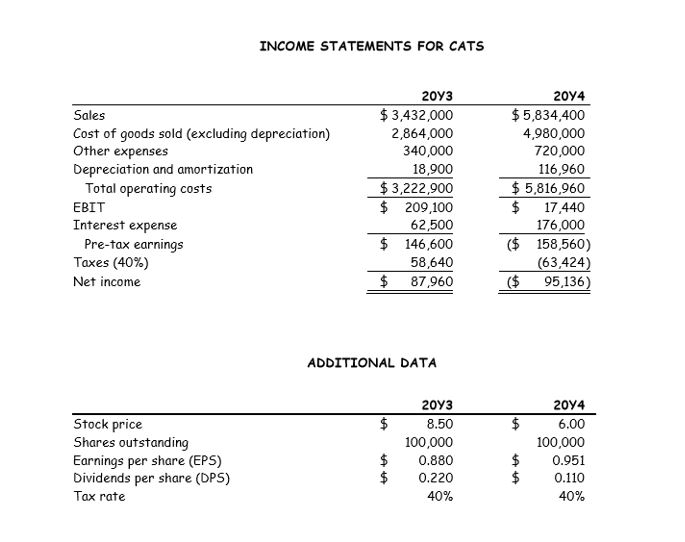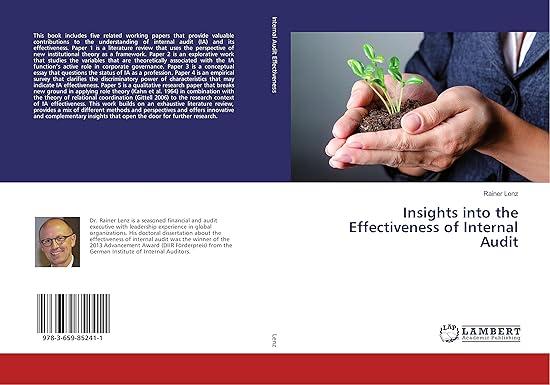Answered step by step
Verified Expert Solution
Question
1 Approved Answer
b. Calculate the following asset management ratios for CATS for F20Y5E: fixed assets turnover; total assets turnover; days sales outstanding; and the inventory turnover ratio.
b. Calculate the following asset management ratios for CATS for F20Y5E: fixed assets turnover; total assets turnover; days sales outstanding; and the inventory turnover ratio. How does CATSs utilization of assets stack up against that of other firms in its industry?



Step by Step Solution
There are 3 Steps involved in it
Step: 1

Get Instant Access to Expert-Tailored Solutions
See step-by-step solutions with expert insights and AI powered tools for academic success
Step: 2

Step: 3

Ace Your Homework with AI
Get the answers you need in no time with our AI-driven, step-by-step assistance
Get Started


